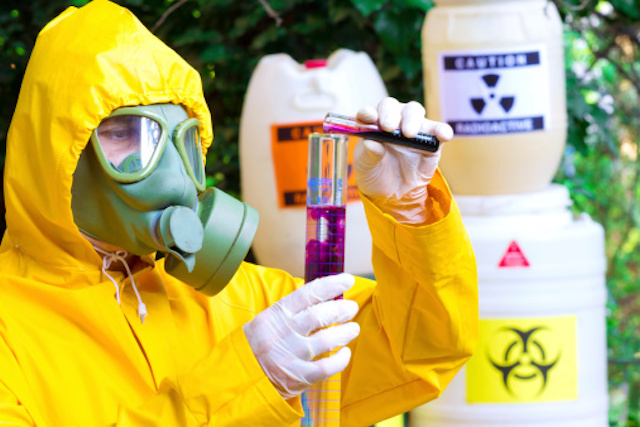
Contamination issues could result in the wrong template being amplified or false-positive results in your lab.
One of the top advantages of PCR is its incredible sensitivity. Starting off with tiny fragments of nucleic acid, more than 10 million copies of DNA or RNA molecules could then be synthesized from a couple of different copies of target sequence after only around 32 cycles of amplification. The sensitive nature of PCR allows scientists to extract and then amplify DNA from raw samples to gain helpful DNA profiles. While this level of sensitivity works a lot in most lab’s favor, it could create issues if care isn’t taken to avoid contamination. Contamination issues could result in the wrong template being amplified or false-positive results. In the age of COVID and PCR tests, this can’t happen. Read on for a few helpful ways to minimize contamination within your molecular laboratory!
Lab Construction
Contamination prevention in the lab all starts with the construction and setup of a PCR lab. At a minimum, two spots should be designated for PCR testing Pre and Post-PCR. One room or spot should be explicitly designated for Pre-PCR. Optimally, this room should be divided further into two spots, PCR master mix preparation and then sample/addition for a master mix.
A second room, or a Post-PCR room, should be established for any post-amplification steps and analysis. This room should be separated from the pre-PCR one. The post PCR room is where the thermal cyclers for amplification and any other instrumentation required for post-PCR analysis should be located.
Environmental Control
These two areas (Pre-PCR, Post-PCR) should have independent environmental control and not use any standard ductwork for air conditioning. Also, both rooms should be equipped with some air-lock doors. Set the Pre-PCR and Post-PCR work areas as far apart as you can.
Dedicated Consumables and Lab Equipment
Another way to minimize contamination in a PCR lab is by using consumables and equipment that is dedicated to every room. Each room or workspace should have its very own centrifuge, pipettes, vortexers, coats, gloves, and more. For example, never “borrow” any post-PCR pipette for use in a pre-PCR room without decontaminating the pipette first.
Frequently Swap Out Gloves
A lab technician should always wear some fresh gloves when working around in a PCR area. Swap your gloves frequently, especially if you think they’ve been soiled with solutions containing some template DNA.
Wipe Tests
Periodic wipe tests should definitely be implemented as a standard procedure to help proactively monitor the lab environment for contamination before it becomes a problem. At a minimum, wipe tests should occur on a monthly basis. This frequency should be increased if contamination is suspected at all.
FOR ALL LAB EQUIPMENT AND LAB NEEDS, CONTACT LAB PEOPLE TODAY
The Lab People Inc. is a trusted provider of laboratory equipment, services, supplies, and rental equipment for you and your laboratory. As an ISO 17025 accredited service organization, we stand behind our services with 100% satisfaction guaranteed for all of our customers. We are here to provide you with the best lab equipment service, equipment, and supplies.
For more information about how we can assist you, visit our website, email us, or give us a call at 1-800-296-2001!
Do not forget to follow us on Facebook, Twitter, and Linkedin!
